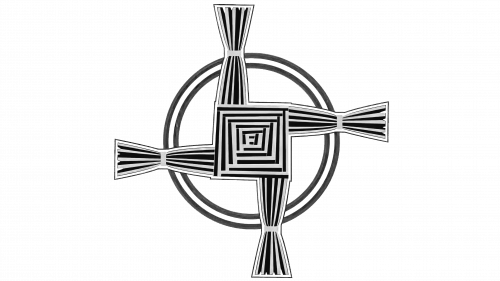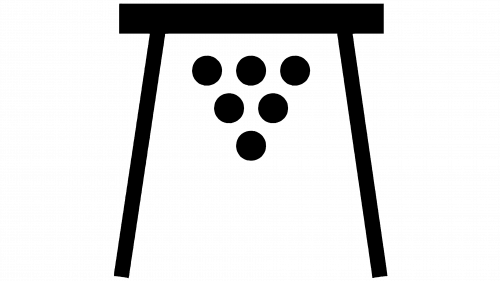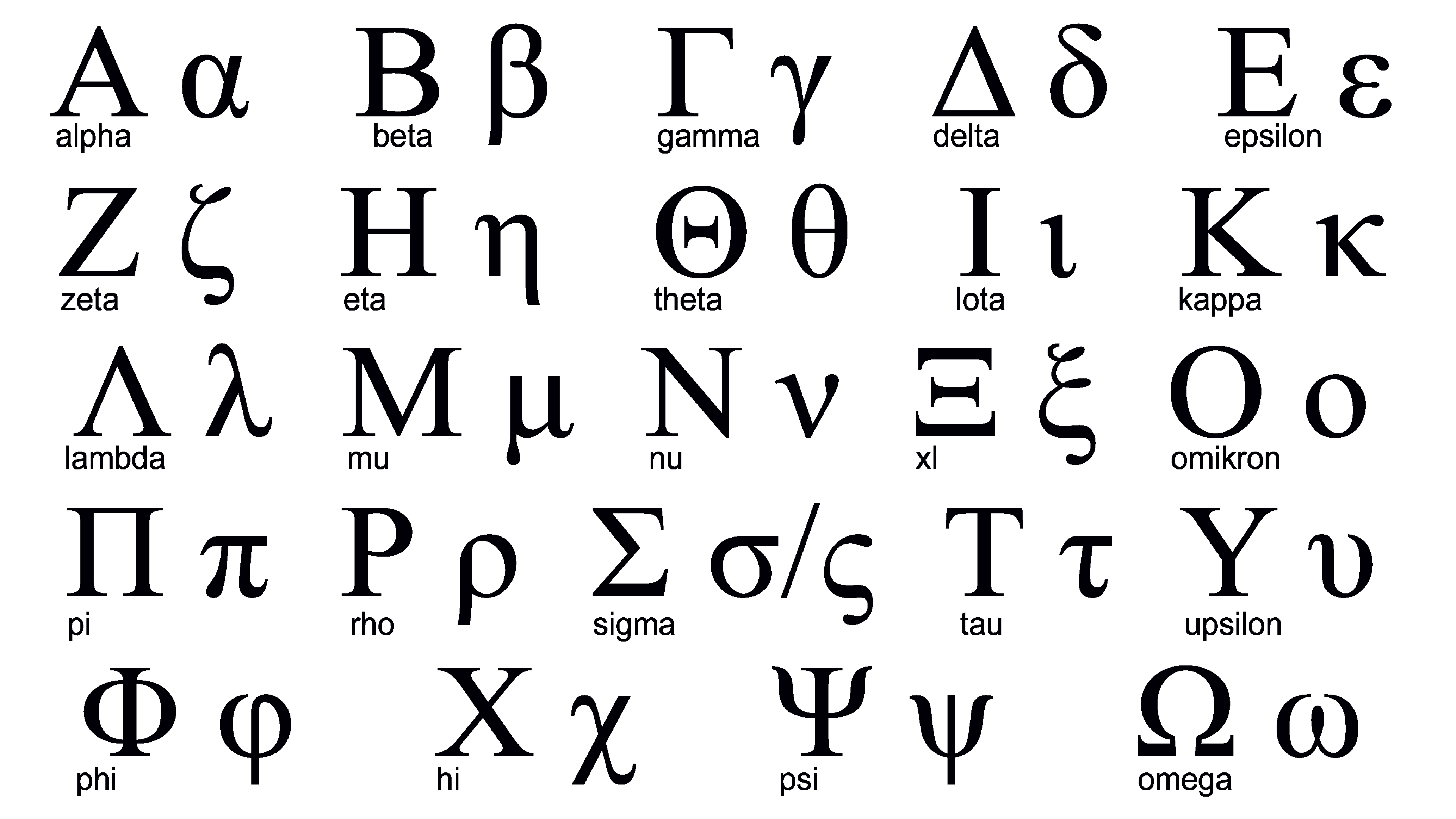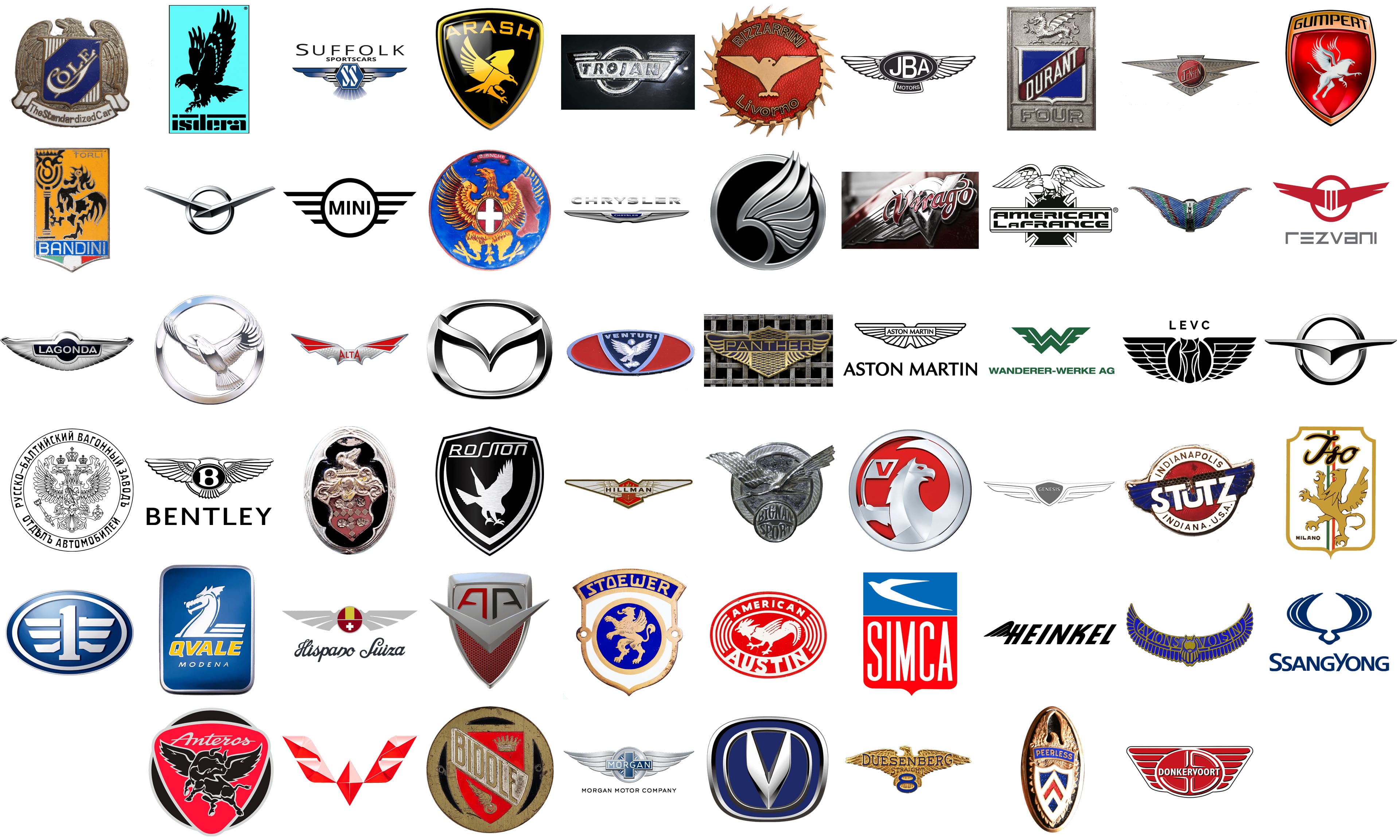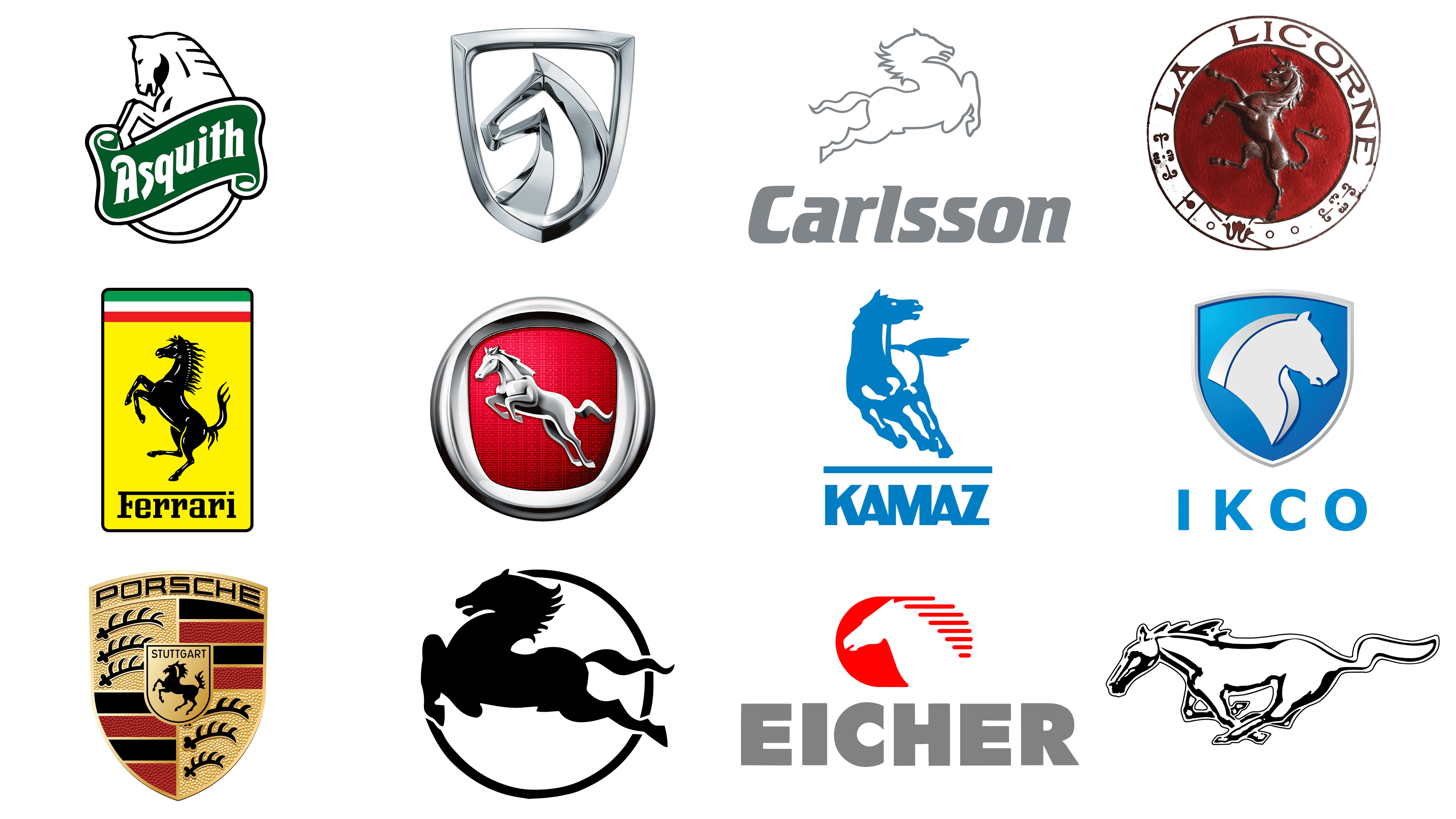What do Celtic Symbol mean?
Although the design today has a lot of visual solutions, the designers repeatedly return to the Celtic symbols as inspiration for their own works. Why? It’s simple. A lot of these symbols act as a riddle of sorts. You don’t immediately know what it stands for, but once you do, a whole other layer of meaning opens up for you.
Celts themselves aren’t in their prime at the moment – their ‘golden age’ passed before the Roman Empire conquered them. The most notable examples of the ‘classic’ Celts are Gauls, Britons, Picts and Gaels. They were deeply pagan and animistic, which meant they worshipped spirits.
But it didn’t just mean elevating powerful objects or forces of nature to a status of gods, the concept of individual spirits of every living being was important to them. The qualities of these spirits were pictured by these images and symbols.
But of course, the forces of nature, eternal concepts and other ethereal ideas were likewise given their own symbols. Back then, they were important for identification, belief and rituals. Now, they are mostly lucky charms or tools for making imagery more meaningful.
I. Symbols
The Cross
The Cross is perhaps the most iconic Celtic sign. It’s used even now, and it positively doesn’t have anything to do with Christianity, although some Catholic Irish use it even now.
The sign usually consists of four equal components pointing at all four cardinal directions and a circular figure that encircles the central point of the image. The commonly have a lot of intertwined, pointed and rounded knots depicted all over these crosses.
As in many pagan cultures, Celts were fond of concepts of harmony, natural cycles and the integrity of the whole world. This image is meant to signify just that. At the same time, it’s arranged as the Sun – a very prominent component in the Celtic belief.
As a source of life and energy in all things, Sun was believed to protect from dark spirits, misfortune and even death back in the day.
The Tree of Life
This pattern was another highly popular imagery among the Celts. These people had a special connection with the nature, and trees were often used to signify nature as a whole.
The Tree of Life is also heavily inspired by the concept of cycles and integrity. In this case, the tree has been chosen to signify the connection between the worlds of the dead (the roots), the world of the living (the body) and the heaven (the branches).
As both death and life were considered by the Ancient Celts as just a part of nature, they have depicted the three of these stages as one – interlocked in one pattern.
Triskelion, or Triskele
Triskelion is a very popular image even now. Heck, it’s portrayed on a flag of one of the traditionally Celtic modern regions of Man Island. There, it takes shape of three legs united in the middle.
The traditional pattern depicted the three spirals connected in the middle. It bore many meanings. Namely, the three elements often stood for the elements – Earth, Water and Fire. Being connected in the middle, they were considered to co-exist in one world.
But it was also heavily associated with the god Triskele. He was a manifestation of seasons – each year he would be born, live and die, thus the three spiral parts. Each time, he would bring good fortune and welfare to the people who observe these cycles.
The Spiral
We’ve already established that the Celts were very fond of the idea of endlessness and cycles in all things, primarily nature. The Celtic Spiral in particular reflects this belief.
The Spiral could be drawn in different ways, but it’s generally associated with the concept of everything being connected in the world. Everything is born, lives and dies all the time, and this growth is perpetual. Sometimes this Spiral was also thought of as a manifestation of constant spiritual growth.
Being an image of integrity and constant movement, it reminds you that each of us is simply a small part of the world that is always in motion. Again, if human beings are simply a part of the world, then they are by no means above the nature, which is what Celts were very staunch about.
The Shamrock
Clover is a much later symbol, although it’s undeniably the most recognizable Irish symbol. According to the legend, it was used by St. Patrick himself to explain to the Celts the idea of Holy Trinity. Thus, it’s also considered an important Christian symbol.
It’s famously associated with luck, and the Gaels believed that the clover guarantees success, ensures that your plans will come to fruition and even helps anticipate dangers.
The Harp
The Harp is a traditionally Celtic instrument. It was depicted as an image of music and arts throughout the Celt world. Even now it’s recognized in Wales, Scotland and primarily Ireland.
In Ireland, it’s considered a national symbol. It’s believed to be the personal instrument of famed Brian Boru, a king and Irish hero who defeated the last of the Vikings in defense of the Irish identity.
The Wheel of Taranis
Taranis is a vastly important deity. In many pagan cultures, the main god of the pantheon was the one who controlled the heavens, weather and primarily thunder. It was always considered a power beyond human comprehension, and so with the Celts.
The Wheel of Taranis resembles a circular shape, or a dome, where spiraling patterns were eventually united into one. This was supposed to relay an idea of a one powerful entity that governs the skies and everything that occurs there. Celts gave this symbol only to the most important objects.
For instance, they minted the coins with this pattern on them.
The Aven
Aven resembles three rays originating from three dots up above. This is a debated pattern, because none has any concrete of its meaning. For some, it means three natural elements – Fire, Water and Earth – together in one place. There are also many other explanations.
You could readily use it as a pattern that means any three concepts, and it is pretty much used as such. It’s one of the less popular images, so no one will tell you otherwise if you use it ‘incorrectly’.
The Claddagh Ring
It’s one of the more comprehensive Celtic symbols. It’s a simple visualization of two hands holding a heart. The name derives from the fact that this is often molded into a ring, given over to friends or lovers. It’s completely correct – the image is supposed to represent friendship, love and support.
It’s obviously a newer pattern (originated in 17-18th century), but it’s nonetheless a very powerful and popular Celtic symbol.
The Cross of St. Brigitte
St. Brigitte is a Saint revered in many branches of Christianity, and especially across the entirety of Ireland. She is considered a patron and protector of this country. It’s a simple pattern of wreathed hay straws tied into a cross with a square shape in the middle.
It’s very reflective of her own character. Although we don’t have a lot of accounts about her life, the legends clearly tell about her kindness, mercy and understanding. The origins of the cross itself tell that she created a cross out of straw for a dying man who, upon seeing it, decided to be baptized.
It is a simple cross that came to be associated with Sun. The combination of various shapes is also thought of as the combination of material and immaterial worlds.
The cross often has three tips for Trinity, but the common shape is four tips.
The Triquetra
The Triquetra is one of the iconic Celtic shapes, although it’s also amongst the more complicated. It’s a circle intertwined with a figure that resembles a flower or a star, depending on the point of view.
The historians believe that it was initially used as a placeholder – when the Irish artisans needed to use something to fill in the black space, they used this pattern. However, it doesn’t mean that it’s bereft of any deeper meaning.
Three tips of whatever the inner shape is are a crucial part. They can mean either three aspects of a woman (mother, matron, virgin) or three lunar phases, or even the Sun. Whatever the meaning, it’s a very good depiction of trinity. That’s why it’s called ‘Triquetra’ – ‘three angles’.
The Druid’s Sigil
The Sigil is depicted as two lines crossing the sides of a circle. It was largely reserved for druids, seers and other spiritual leaders. The Sigil was considered a powerful magical sign that brought good harvests, fortune and generally meant connection with the nature.
The Celtic Knot
The Knot is another uniquely Celtic shape. It seems complex, but it’s simply a single line twisted many times over into a knot. It’s visually endearing, but there could be a deeper meaning. Most likely, it’s a visualization of a person’s life – a path with many twists and complications.
In this sense, it’s a Line of Life. However, it can also be used to signify the scholarship, or a desire to uncover truths. Because it’s usually a long and complex task that may even lead to nothing, the knot is a great visualization for this concept.
The Sailor’s Knot
It’s a practical knot made to be enduring and sturdy, but there is also a deeper meaning. It’s traditionally a symbol of long separation and distanced love, which is also why sailors often make these to remember the love that awaits them on land.
The Bowen Knot
This knot has been created in the 17th century by a man called James Bowen. It depicts a single string made into a square-like shape with four loops on the corners. Technically speaking, it’s not even a knot, because knots usually have two ends.
But that’s the precious part – the Bowen’s Knot is supposed to represent an unending love between a man and a woman.
The Solomon’s Knot
This pattern is associated with the legendary king Solomon. It means that it primarily represents the wisdom and common sense. However, this image is also a sign of masculinity, strength and endurance, as implied by a square shape of some depictions.
II. Animals
Celts often admired the qualities of specific animals and mirrored them onto themselves.
Birds
Ancient Celts resonated heavily with the birds. Birds are considered incredibly free creatures, as well as aspects of heaven. Celts respected these qualities, which meant that people who particularly liked freedom, liberty and independence would ornate their property with bird images.
Hares
Hare has been amongst the most revered animals by the ancient Celts. Swiftness, agility, endurance, as well as fertility are common traits associated with hares and rabbits. That’s why Celts who wanted to nurture these in their household would use these depictions frequently.
Snakes
We often associate snakes with cunning and underhandedness. Celts were more positive – they though snakes were very intelligent and wise creatures. But their other quality also made it to the modern world. These animals were symbol of medicine. Even today, snakes are considered one of the main symbols of healthcare.
Deer
Celts respected deer for being a fast, strong and enduring creature. However, they also tied it to the very idea of life. Their horns resemble trees, as you know. And trees, in the eyes of the Celts, aren’t just manifestation of the nature. They also represent the cycle of life itself.
The horns grow with the deer – from the early age until it dies. That’s very much in line with the usual Celtic views on seasons, life, cosmos and pretty much everything.
Boars
Wild pigs are notoriously hardy, stubborn and difficult to kill. This is precisely the reason why many warriors across the world (Celts not excluded) used boar imagery to identify themselves.
At the same time, they were considered simple and easy to understand, as well as a source of precious meat.
Bulls
Power, authority and strength were basic concepts associated with these dangerous beasts. At the same time, they were responsible for creating the future cow progeny, which in turn fed the villages and made sure they prospered. So, it was also a lucky image for fertility and wealth.
III. Mythical Creatures
As many cultures, Celts believed in mythical creatures. They used them to explain strange occurrences and concepts.
The Dragon
It was a symbol of absolute strength and dexterity, of awe-inspiring abilities and terror. However, because no one could see even one dragon in their lifetime, these were also thought of as independent, isolated creatures that didn’t need anyone and anything.
Dragons were also believed to be immortal and unbeatable, but this came from tales and stories.
The Griffin
Griffin is a combination of an eagle and a lion. It’s a powerful mix of nobility, power and honor, as well as strength, loyalty and intelligence. Griffins were perceived as fearsome creatures, and if they were mentioned in vows it meant that the vow-giver was bracing for something dangerous and difficult.
IV. Gaelic Celebrations
Celts had a lot of festivals and celebrations, many of which were associated with some annual occurrence and were thus marked with a special sign.
Yule
It was a Celtic variation of the Christian Christmas or the Roman Saturnalia – it was a celebration of life, light and Sun. Yule was always celebrated on Winter Solstice, the day with the longest night. Past that point, each passing day was filled with more and more light.
Imbolc
Imbolc (aka St. Brigitte day) is a traditional celebration that marks the end of the cold and the beginning of the warmer part of the year. It’s basically a celebration of surviving another year’s cold season and meeting the warmth.
Eostre
Eostre is another spring celebration. This time it signifies the end of the winter and. It’s named after the goddess of spring, Eoster. Curiously, the name would later evolve into Easter and adopt Christian connotations.
Beltane
Beltane was another seasonal celebration – this time for summer. It was a hopeful day, and on Beltane, Celts were making their wishes for the coming months. The doors of each house, as believed, were open to gods, and so anyone could wish for a better harvest or better fortune.
Lammas
Lammas famously is a celebration of harvests. During Lammas, people would thank the gods (or God, now) for providing them with the food and means of survival. The name itself translates to ‘the mass of bread’. As you can imagine, it was a tremendously important celebration for the Celtic people.
Lughnasadh
This celebration is held during the height of summer in August. The very name of the festivity was derived from the name of god Luga (the Celtic name for August was also inspired be him), a god associated with feasting.
Malbon
Malbon was also a harvest festival. However, it will take place at the end of the harvest season. They finished the task, summed up the year and thanked the gods for their generosity and help in feeding their families, People with their food and good weather this year.
Samain
Samhain is another harvest festival. It differs from Lammas in that it was largely forgotten in the pagan era. During Samhain, people usually did not thank the gods, but accepted the death of the year and the coming of the cold.









